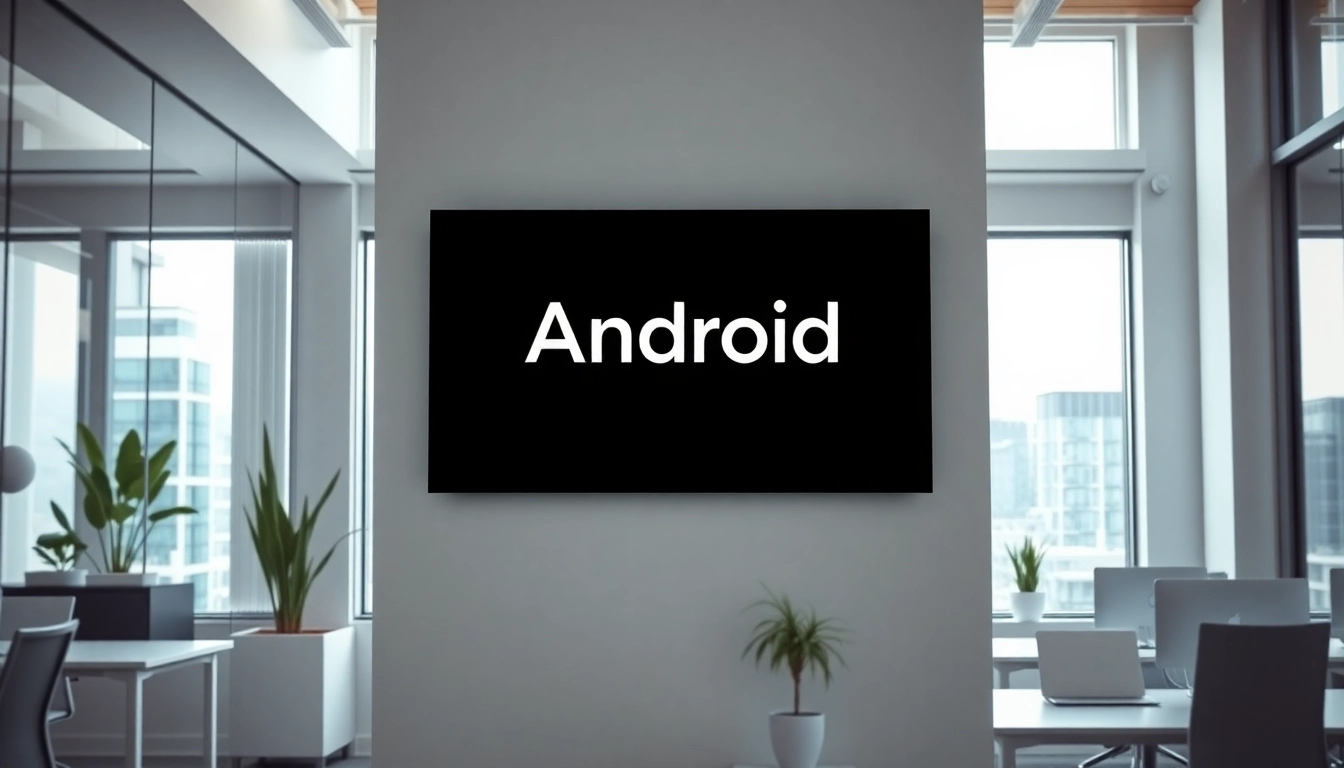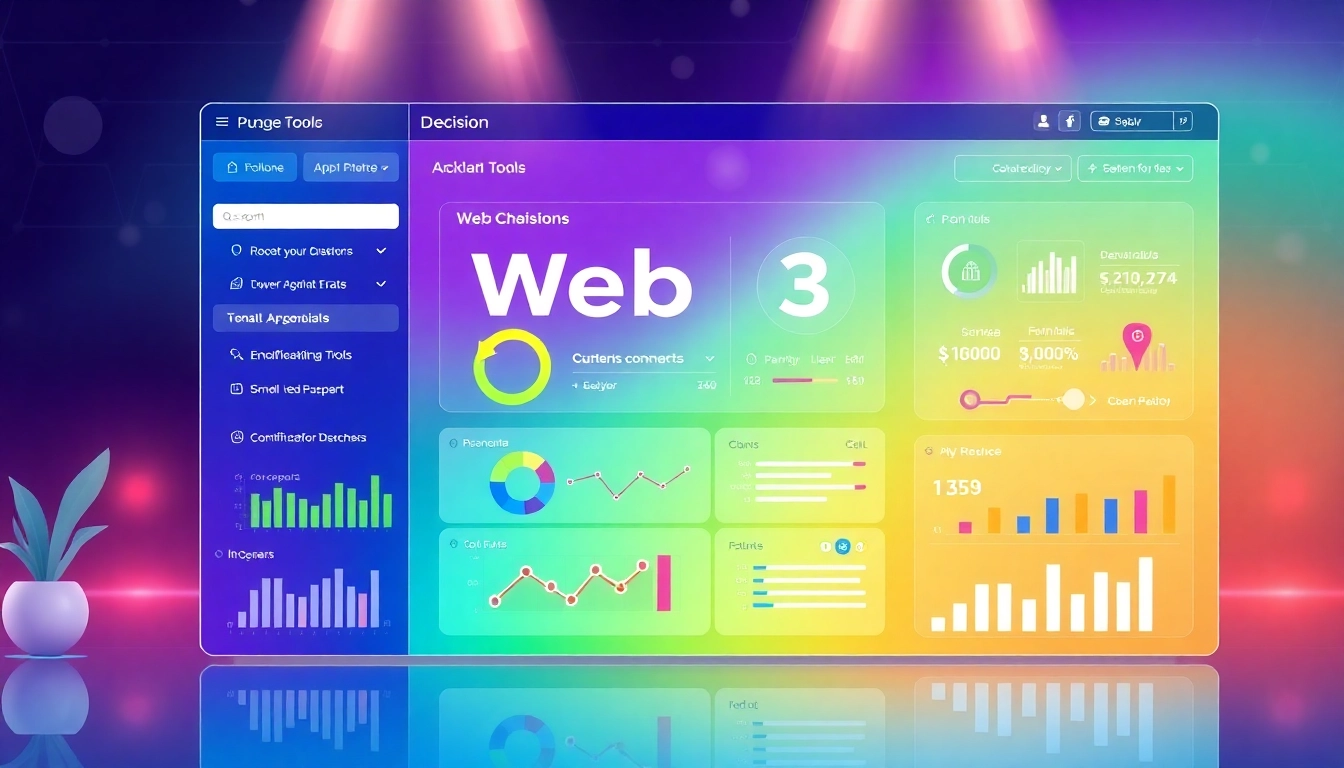Understanding Android Digital Signage Player
What is an Android Digital Signage Player?
An Android digital signage player serves as a robust platform for showcasing digital content on various display systems. Utilizing Android’s flexible operating system, these players allow businesses and organizations to manage, control, and streamline visual communication across multiple screens efficiently. From advertising and promotional displays to informational kiosks, the Android digital signage player is designed to offer dynamic content management capabilities.
Key Features of Android Digital Signage Player
Android digital signage players come equipped with various features that enhance the presentation, management, and versatility of content delivery. Here’s an overview of some key features:
- Multi-Layer Support: Most players support multiple layers of content, allowing for rich media presentations that combine images, text, video, and animations seamlessly.
- Remote Management: Through cloud-based applications, users can manage their content from anywhere, making updates quick and effortless.
- Interactivity: With touch screen capabilities, many Android digital signage players can foster interactive experiences for users, enriching engagement.
- Customizability: Users can often customize layouts, designs, and formats according to branding guidelines and specific communication goals.
- Support for Various Formats: Whether it’s images, videos, or social media feeds, these players can typically handle various content formats, enhancing versatility.
Benefits of Using Android Digital Signage Player
The adoption of an Android digital signage player comes with several notable advantages:
- Cost-Effectiveness: Generally lower initial costs and ongoing maintenance expenses due to the accessible Android ecosystem.
- Simplified Deployment: Quick installation and minimal setup time, allowing organizations to get started swiftly.
- Scalability: Easily expand operations by adding new displays without significant technological overhauls.
- Rich App Ecosystem: Access to a plethora of applications available in the Google Play Store, allowing for enhanced functionality.
- User-Friendly Interface: Designed for ease of use, making it accessible even for those with minimal technological expertise.
Setting Up Your Android Digital Signage Player
Hardware Requirements
Setting up your Android digital signage player begins with understanding the necessary hardware components. Depending on your needs and scale, here are the essential hardware requirements:
- Display Screen: Choose a high-definition screen suitable for your environment, whether indoors or outdoors.
- Android Device: The player could be a dedicated Android media player or even Android TV boxes, ensuring they meet the required specifications for performance.
- Network Connection: A stable internet connection is crucial for content updates and cloud-based management, so consider wired Ethernet or robust Wi-Fi.
- Power Supply: Ensure all devices have sufficient power supply and are securely connected to avoid disruptions during operation.
Software Installation Process
Following the hardware setup, the next step is to install the necessary software. This typically includes:
- Operating System Configuration: Ensure that the Android device is running compatible software, preferably the latest version of Android optimized for digital signage.
- App Installation: Download essential signage applications from the Play Store, focusing on industry-standard software that suits your needs.
- System Updates: Regularly check for and install any available system updates to enhance security and functionality.
Connecting to Displays and Networks
With the hardware and software in place, the next task is to connect your Android digital signage player to displays and networks:
- Connecting Display: Use HDMI or other compatible cables to connect your Android device directly to the display screen.
- Network Setup: For Wi-Fi connections, navigate to the settings on your Android device to join the relevant network. For wired connections, plug an Ethernet cable into the appropriate port.
- Testing Display: Once connected, turn on the display and the Android player. Verify that the content appears correctly and is displaying as expected.
Content Management for Android Digital Signage Player
Purring Together Engaging Visuals
Content is certainly king when it comes to digital signage. To ensure your Android digital signage player is utilized effectively, consider these tips for creating engaging visuals:
- High-Quality Graphics: Use high-resolution images and videos to grab attention and maintain professionalism.
- Brand Consistency: Incorporate your branding elements such as logos, color palettes, and fonts to create a cohesive visual identity.
- Actionable Messaging: Ensure that messaging is clear and motivates viewers to take action, whether it’s visiting a website, joining an event, or checking out a promotional offer.
Scheduling Content Effectively
Efficient content scheduling is crucial for maintaining relevance and engagement through your displays:
- Content Calendars: Create a content calendar to plan your posts and themes ahead of time, ensuring timely updates and relevancy.
- Dynamic Content: Use weather data, social media updates, or latest news to make your content timely and informative.
- Automated Scheduling: Leverage the scheduling features of your software to automatically rotate and update content without manual intervention.
Utilizing Interactive Features
One of the strongest advantages of Android digital signage players is their capability for interactivity:
- Touchscreen Capabilities: Implement touch displays that allow users to interact with content for a hands-on experience.
- QR Codes: Use QR codes that users can scan to receive additional information or engage in promotions directly from their smartphones.
- Surveys and Feedback: Collect visitor feedback via interactive polls or surveys displayed on the digital signage.
Best Practices for Using Android Digital Signage Player
Designing Effective Signage Layouts
A well-designed layout can significantly improve viewer engagement. Here are best practices for designing effective signage layouts:
- Visual Hierarchy: Organize information according to its importance. Place the most critical information at the top or center of the display.
- Minimalist Design: Avoid clutter by using a minimalist approach. Focus on one message or theme per display to prevent overwhelming viewers.
- Readable Fonts: Choose large, easy-to-read fonts to enhance visibility from various distances.
Maintaining Content Freshness
Keeping content fresh is essential to retaining viewer interest and engagement:
- Regular Updates: Set a schedule for refreshing content regularly, whether weekly or monthly, to incorporate new promotions, messages, or seasonal changes.
- User-Generated Content: Encourage audience interaction by displaying user-generated content, whether it’s social media posts or customer reviews.
- Trending Topics: Stay updated with trends in your industry and integrate them into your content for relevancy.
Monitoring Performance Metrics
To ensure the effectiveness of your digital signage, consider these performance monitoring practices:
- Analytics Integration: Use integrated analytics tools to assess viewer interactions, dwell time, and engagement rates.
- Feedback Channels: Establish feedback channels through surveys or comment systems to obtain direct insights from viewers about content effectiveness.
- Test and Learn: Run A/B tests with different content formats and layouts to determine what resonates best with your audience.
Future Trends in Digital Signage Technology
Integration with Smart Technologies
The future of digital signage is leaning towards integration with smart technologies:
- IoT Integration: Connecting signage to IoT networks can enable smarter environmental response features like adjusting content based on nearby activities or weather changes.
- AI-Powered Analytics: Implement artificial intelligence for deeper insights into viewer behavior and preferences, allowing personalized content delivery.
Advancements in User Interaction
As user expectations evolve, so do interaction capabilities:
- Gesture Recognition: Technology allowing viewers to interact with displays through gestures will redefine engagement approaches.
- Augmented Reality: AR features embedding into digital signage content can create immersive experiences that captivate audiences.
Recommendations for Staying Ahead
To stay ahead in the rapidly evolving digital signage space, consider these strategies:
- Continuous Learning: Keep abreast of technological advancements and emerging trends through industry publications, webinars, and conferences.
- Networking: Engage with other professionals in the field to share insights, strategies, and experiences that can lead to innovation and growth.
- Experimentation: Emphasize a culture of experimentation within your organization, allowing for trial and error, which can lead to unique solutions and competitive advantages.



